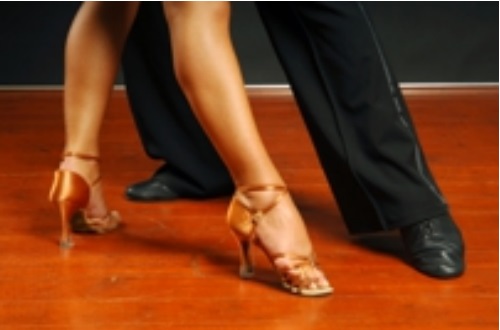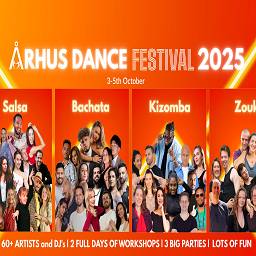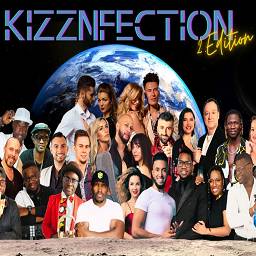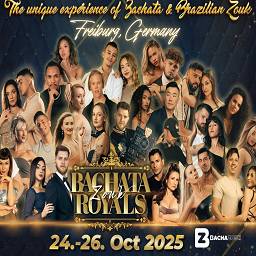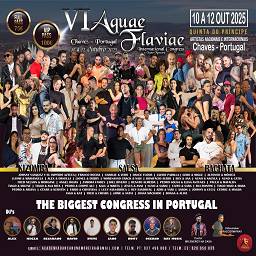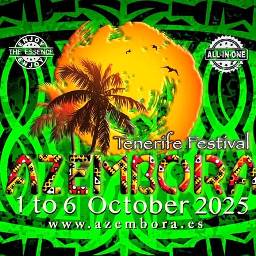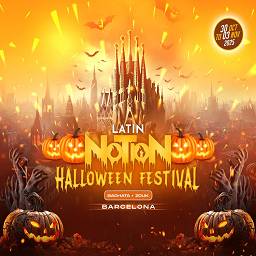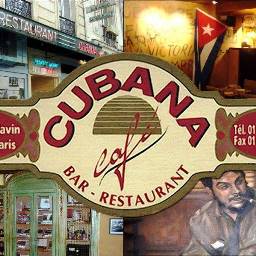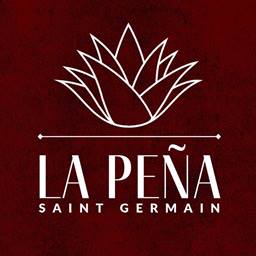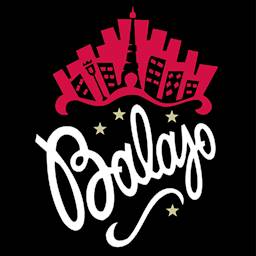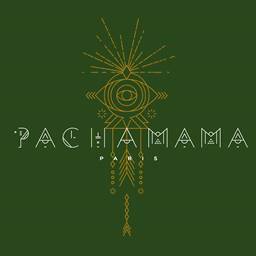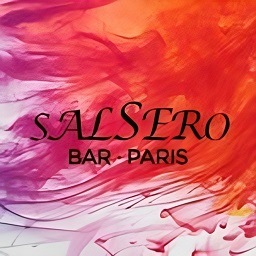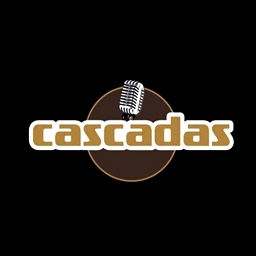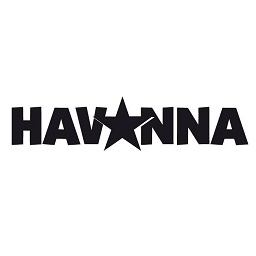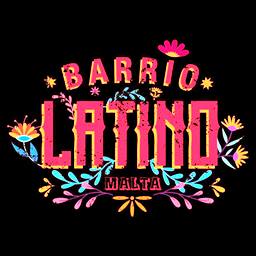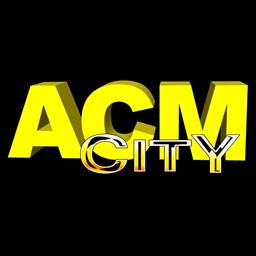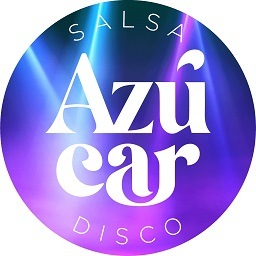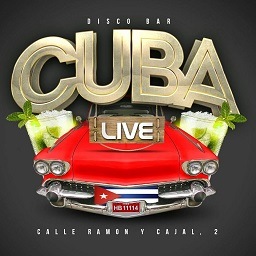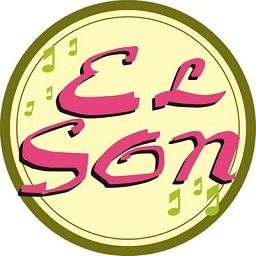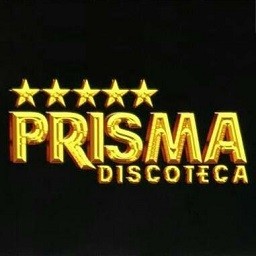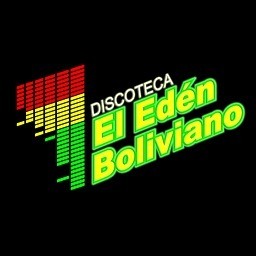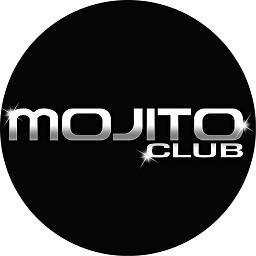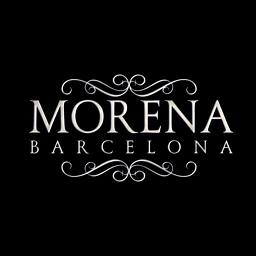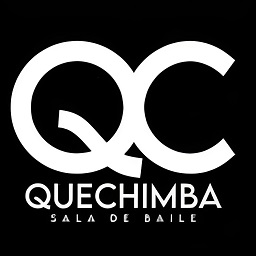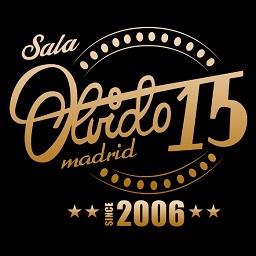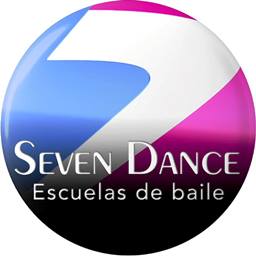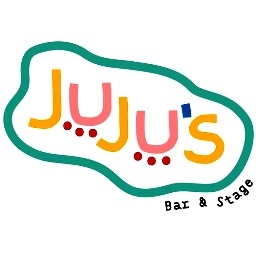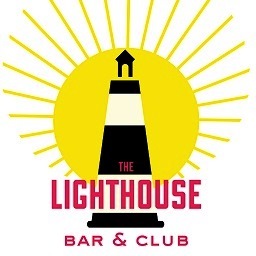Search Results for: Salsa
Unity, The Latin Tribute to Michael Jackson
North America / USA /
Unity, The Latin Tribute to Michael Jackson is a testament to the power of music and one man’s indomitable spirit. The passion project of Peruvian-born, Miami-raised producer / multi-instrumentalist / arranger Tony Succar, Unity features more than 100 musicians, such Latin superstars as Tito Nieves, Jon Secada and Obie Bermudez and the mixing magic of Jackson’s legendary engineer Bruce Swedien in the first ever Latin album salute to The King of Pop.
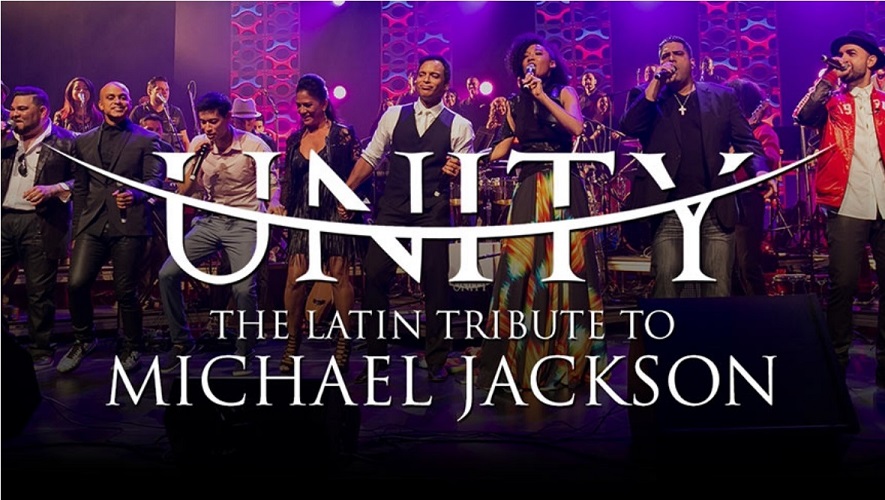
Fueled by his relentless commitment, quiet determination and passionate faith in the loving message behind much of Jackson’s music, Succar has spent the last four years carefully creating Unity: The Latin Tribute to Michael Jackson. He overcame seemingly insurmountable obstacles, turning each roadblock into a stepping stone to take the project to new heights. In the process, he married Jackson’s timeless pop and R&B tunes, such as “Thriller”, “Bilie Jean”, and “I Want You Back” to his glorious salsa and tropical rhythms, creating innovative, vibrant arrangements that snap to life with exhilarating energy.
“American funk, soul, jazz – all those styles that were influencing Michael – were inspired from African music”, Succar says. “Same with Afro – Peruvian music, Cuban music. These songs were meant to be. Their original flavor lends itself to these Latin rhythms”.
Succar, 28 grew up listening to his parents play Jackson’s music, and by 13 had begun his own music career. He started on piano and segued to percussion, graduating with a degree in jazz performance at Florida International University in 2008. But it wasn’t until after the superstar’s untimely passing in 2009 that Succar, who earned his Master’s in Jazz performance from FIU in 2010, took a deep dive into the music and the man.
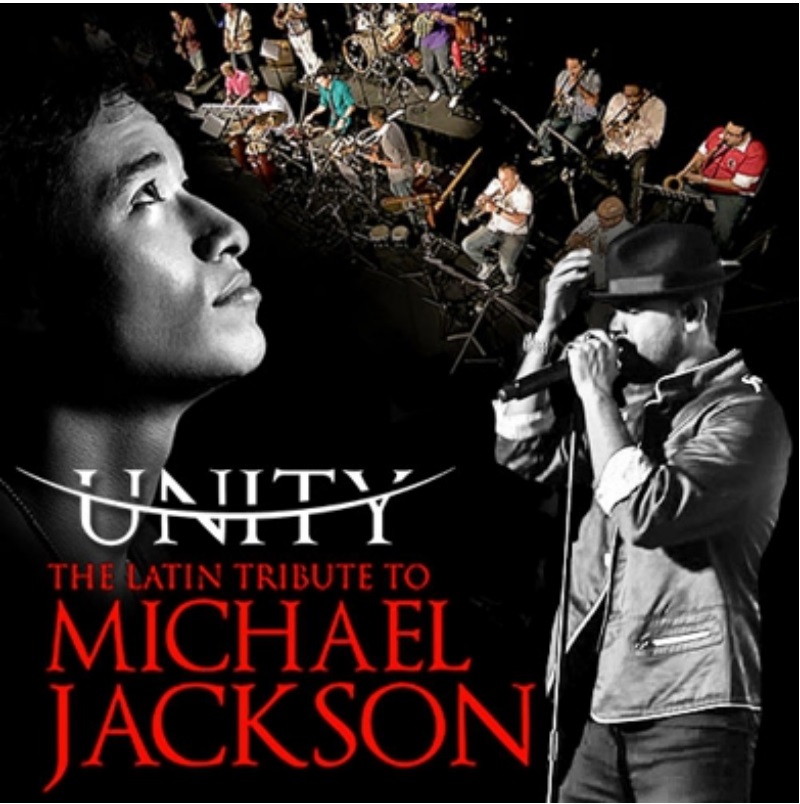
“That’s when I became a fanatic, memorizing all his lyrics” he says. “He was an amazing singer. I started analyzing every single detail”.
As Succar pored through Jackson’s material, revisiting songs like “Man In the Mirror”, “Earth Song” and “They Don’t Care About Us” – all of which are reimagined on Unity – he came to a realization: “Michael wasn’t only a musician, he was a spiritual person. He was speaking to people’s hearts through his music. He was a true role model and leader, not only in the music industry, but life in general”, he says.
Concurrent with his discovery, Succar arranged a salsa-infused version of “Thriller” for a Halloween party at Miami’s legendary, now closed Van Dyke Café. The reaction was so immediate and overwhelmingly positive to the performance of this new arrangement, that Succar recorded a version in his bedroom with his band, posted in online and gave away copies. Djs started playing the track and Succar began getting requests from around the world for a full album of Latin – flavored Jackson songs. “That sparked it”, Succar says. “I was such a fan. I felt like I had to do something”.
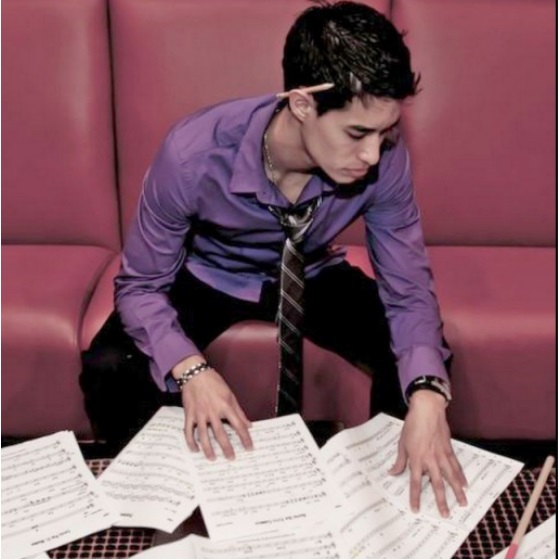
He launched a Kickstarter campaign and raided more than $10,000, which allowed him to record basic tracks and the idea and harmonious ideal of Unity was born. “The one thing that stood out in Michael’s usic was love. The reality was unity,” He says. “I also wanted the title to stand for something: a real marriage between Latin roots and American pop culture and to help keep Michael’s legacy alive”.
Part of keeping Jackson’s legacy alive meant incorporating elements of the original production in each of his fresh renditions for Unity. “Even the horn lines, I would transcribe them from Quincy Jones’ produtions and then apply them to the arrangement in a different way,” Succar says. “The essence of every song was respected. I gave it my best to create this very thin line between what Michael did with his production and what I brought to the project”.
As Succar proceeded, an astounding number of coincidences buoyed the project. Succar’s initial plan was to record the album with one vocalist, soulful Broadway veteran Kevin Ceballo, but as Succar finalized the arrangements, the idea of a compilation album cae to him. The first artist he reached out to was legendary salsa singer Nieves. He heard nothing back for months . Then, one day in the studio someone suggested Nieves fo “I Want You Back”. Succar explained he’d had no success contacting Nieves.
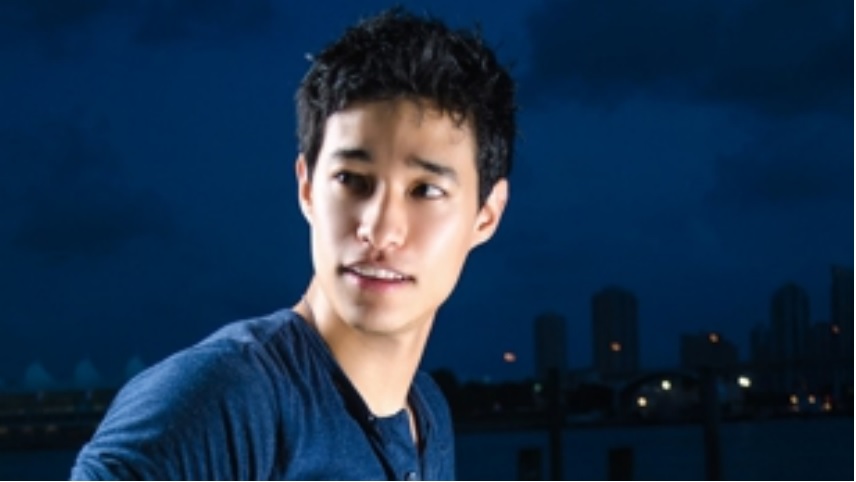
It’s turned out a studio visitor knew Nieves, called his manager, sent Nieves an MP3, and within 10 minutes, Nieves was on the phone asking when he should come in to record his vocals.
Nieves became the project’s godfather, bringing in other Latin stars, such as India and Jean Rodriguez. “If it weren’t for Tito, I would never have been able to develop this into what it is, “Succar say. “He really opened the doors for me”. Nieves even brought in his son, Tito Nieves Jr. to duet on the album closer, an emotional take on “You are Not Alone”.
As the project progressed, Succar sought out Secada, but once again, was running into walls. He had switched to a different studio and the recording engineer just happened to have worked wih Secada and upon hearing Succar’s story, gave Succar the singer’s direct email. Secada immediately replied that he wanted to record “Human Nature,” his favorite Jackson track.
But there was more to come. Succar contacted Swedien about mixing some tracks, but failed to get a yes after more than a year’s effort. He met his engineer Nick Valentin through a mutual friend, who piped up that he’d been Swedien some music and next thing Succar knew, he’s sitting beside his hero at Swedien’s ranch as Swedien mixed “Earth Song” and “Smooth Criminal. “He was the cherry on top,” Succar says. “When we were mixing, he would put up the original Michael songs and put on our remixes to compare and contrast. He mixed the tracks on the same Harrison 32C model console he mixed ‘Thriller’ on”.
The groundbreaking album, a joint project between Universal Music Classics, Universal Music Latin Entertainment and Universal Music Mexico, embodies Jackson’s spirit of harmony and bringing diverse cultures together through music.

Where there once was nothing but a dream, Succar now sees unlimited possibilities. Not only will there be a tour to support Unity: The Latin Tribute to Michael Jackson, but he is considering future Unity projects that could salute the music of other timeless artist, such as the Beatles or the Bee Gees, filtered through a Latin musical lens. “Unity is going to become a movement,” he says. And given how far Succar’s come already, who could possibly doubt him?
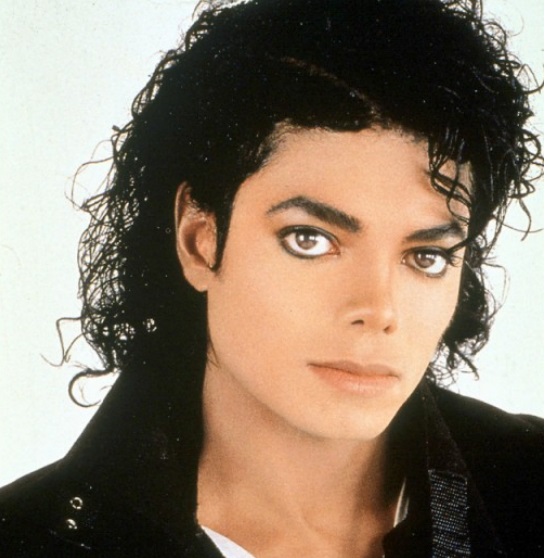
Chick Corea
North America / USA /
Chick Corea. The worldwide Jazz sensation

Armando Anthony “Chick” Corea is an American jazz and fusion pianist, keyboardist and composer. Many of his compositions are considered jazz standards. As a member of Miles Davis’s band in the late 1960’s, he participated in the birth of the electric jazz fusion movement. In the 1970’s he formed Return to forever. Along with Herbie Hancock, McCoy Tyner and Keith Jarrett, he has been described as one of the major jazz piano voices to emerge in the post-John Coltrane era.
A DownBeat Hall of Famer and EA Jazz Master, 22 – time Grammy winner and keyboard virtuoso, Chick Corea has attained living legend status after five decades of unparalleled creativity and an artistic output that is simply staggering.
Chick is the fourth – most – nominated artist in the history of the Grammys with 63 nominations. He’s also earned 3 Latin Grammy Awards, the most of any artist in the Best Instrumental Album category.
“Chicl Corea: Documentary of Legendary Jazz Great, Pianist and Component http://vimeo.com/10933550”
From straight ahead to avant-garde, bebop to fusion, children’s songs to chamber music, along with some far-reaching forays into symphonic works, Chick has touched an astonishing number of musical bases in his illustrious career while maintaining a standard of excellence that is awe-inspiring. A tirelessly creative spirit, Chick continues to forge ahead, continually reinventing himself in the process.
Chick Corea: European Tour 2017
- Wroclaw, Poland – 06/22/17: Chick Corea Elektric Band – Hala Orbita – 8:00 pm
- London, United Kingdom – 06/24/17: Chick Corea Elektric Band – Barbican – 7:30 pm
- Lviv Ukraine – 06/27/17 : Chick Corea Elektric Band – Alfa Jazz Festival – 9:00 pm
- Timisoara, Romania – 06: Chick Corea Elektric Band – Timisoara Jazz Festival – 9:00 pm
- Belgrade, Serbia – 07/02/17: Chick Corea Elektric Band – Kombank Arena – 10:00 pm
- Skopje, Macedonia – 07/02/17: Chick Corea Elektric Band – Metropolis Arena – 10:00 pm
- Kongsberg, Norway – 07/07/17: Chick Corea Elektric Band – Kongsberg festival – 5:00 pm
- Rotterdam, Netherlands – 07/07/17: Chick Corea Elektric Band – North Sea Jazz Festival – 11:00 pm
- Rotterdam, Netherlands – 07/08/17 Chick Corea & Bela Fleck – North Sea Jazz Festival – 09:00 pm
- Rotterdam, Netherlands – 07/09/17: Chick Corea & Trondheim Jazz Orchestra – North Sea Jazz Festival – 4:30 pm
- Dublin, Ireland – 07/10/17: Chick Corea & Bela Fleck – National Concert Hall – 8:00 pm
- Trentino, Italy – 07/12/17: Chick Corea & Bela Fleck – Sounds of the Dolomites Festival – 1:00 pm
- Grugliasco, Italy – 07/13/17: Chick Corea & Bela Fleck – Gru Village Festival – 10:00 pm
- Sant Feliu de Guixols, Girona, Spain – 07/16/17: Chick Corea & Bela Fleck – Festival de Porta Ferrada – 9:30 pm
- Valencia, Spain – 07/17/17: Chick Corea & Bela Fleck – Jardines de Viveros – 8:00 pm
- Moritz, Switzerland – 07/21/17: Chick Corea & Bela Fleck – Festival Da Jazzz – 9:00 pm
- Albany, NY – 08/05/17: Chick Corea Elektric Band & Bela Fleck and The Flecktones – The Palace Theater – 7:30 pm
- Vienna, VA – 08/06/17: Chick Corea Elektric Band & Bela Fleck and The Flecktones – The Filene Center – 8:00 pm
- Red Bank, NJ – 08/09/17: Chick Corea Elektric Band & Bela Fleck and The Flecktones – Count Basie Theatre – 7:30 pm
- Kennett Square, PA o 08/09/17: Chick Corea Elektric Band & Bela Fleck and The Flecktones – Longwood Gardens – 8:00 pm
- Chautauqua, NY – 08/11/17: Chick Corea Elektric Band & Bela Fleck and The Flecktones – Chautauqua Institute – 8:15 pm
- Sterling Heights, MI – 08/12/17: Chick Corea Elektric Band & Bela Fleck and The Flecktones – Michigan Lottery Amphitheatre- 7:30 pm
- Cincinnati, OH – 08/13/17: Chick Corea Elektric Band & Bela Fleck and The Flecktones – PNC Pavillion – 7:00 pm
- Denver, CO – 08/15/17: Chick Corea Elektric Band & Bela Fleck and The Flecktones – Denver Botanic Gardens – 6:30 pm
- Salt Lake City, Utah – 08/16/17: Chick Corea Elektric Band & Bela Fleck and The Flecktones – Red Butte Garden Amphitheatre 6:00 pm
For further information and tickets:
411 Cleveland St. #215 Clearwater, FL 33755
(888)712-4425
The Kurland Agency
(617)254-0007
htpps://www.facebook.com/chickcorea
htpps://www.youtube.com/user/ChickCoreaTV
The Albuquerque Latin Dance Festival
North America / USA /
The Albuquerque Latin Dance Festival, Aug 24-27, 2017

Performances films Lectures Dance Workshops
What better way to enjoy Albuquerque’s warm summer nights than with Latin dancing!
The Albuquerque Latin Dance Festival is three days of instruction, workshops lectures and dancing under the stars. Learn at multifaceted workshops the many Latin dance styles, or for beginners the Salsa Dance Bootcamp. Music’s and concerts make it an unforgettable event.
Know the directors!
John E. Mancini:
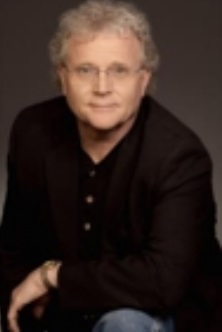
Music and Arts have been a part of Mr. Mancini’s life since a young age, Performing in Musicals such as The Sound of Music as Maximilian Detweiler, Bubble Trouble, and in Camelot with the Albuquerque Civic Light Opera now Musical Theater Southwest. Mr. Mancini has participated in choral singing again since his youth, from elementary school through high school and college and was a member of the New Mexi-cords, the Barbershop Chorus.
He also studied professional voice with David Majoros professional Baritone from New York City. Within the past 3 years Mr. Mancini began to study dance at the Arthur Murry Dance Studio in ABQ, including smooth and rhythm forms. Mr. Mancini was introduced to Latin Club dancing about 3 years and has become an avid enthusiast. As a result of this he became actively involved with the formation and operation of Guanabana Productions, Inc. DBA the Albuquerque Latin Dance Festival.
Julie Brovko (Treasurer and Volunteer Coordinator):

Julie began dancing as a child but did not discover Latin dance until her freshman year of college. After her first salsa class, she knew she was hooked. Julie moved to Albuquerque in 2009 to start a doctoral program in clinical psychology at the University of New Mexico and immediately sought out the dance community. Her work with the ABQ Latin Dance Festival started in 2010 when she volunteered to run he registration table and she has been increasingly involved ever since.
Wellington Guzman (Vice President):
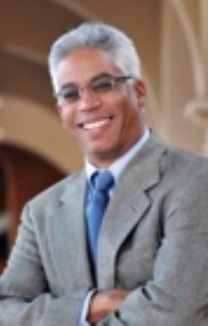
Wellington hails from Santo Domingo, Dominican Republic. He loves music, dancing and people. He has been involved in multiple aspects of Latin music offering in Albuquerque and New Mexico. Since moving his family to New Mexico in 1995, he’s been promoting and producing salsa and merengue music events here for the love of the genre ever since. He is a well-known radio personality on KUNM and has been DJing for over 18 years. If you haven’t had the pleasure of meeting Wellington [yet], you will soon! He is just ½ a degree of separation from anyone and everyone here in New Mexico.
Kari Leiting (Secretary):
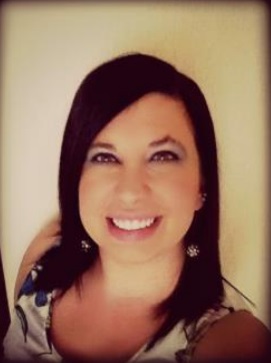
Kari began with vaious forms of dance at the age of four. This love of dance led to teaching in Chicago and Minnesota. While teaching dance, she discovered her interest in Latin dance. Kari moved to Albuquerque in 2009 to start the clinical psychology doctoral program at the University of New Mexico. She has enjoyed the fact that the Latin dance community is so much broader in Albuquerque than in the Midwest. Her work with the ABQ Latin Dance Festival started in 2010 when she volunteered to help monitor classes and her involvement has increased each year since.
Idalia Lechuga – Tena:
Idalia is in her second year volunteering with the ABQ Latin Dance Festival and focuses on the Marketing/PR and Government Affairs strategy. A few of Idalia’s passions are music, dance and art. She dances salsa, flamenco and Tango, which she believes are three of the most passionate dances.
She has degrees in Economics, Political Science and International Politics and is fluent in four languages: Spanish, French, Italian and English, and has traveled to fifty four countries around the world. She has studied in several countries such as Chihuahua-Mexico, Pamplona-Spain, Paris-France and at the University New Mexico, to name a few.
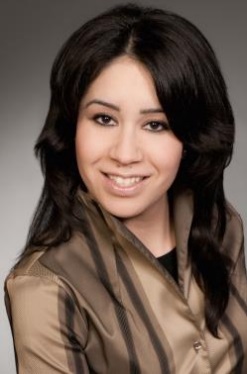
During her undergraduate career, she wrote an electronic academic research bool on “The Positive Effects of the Immigration Spectrumin the United States in the Economic and Political Sector, with a concentration in Latino immigration” which she has written in Spanish, French and English and has presented in coferences at Universities throughout the U.S.
Idalia loves classical music, opera, mariachi music and is an avid violinist. She has played with the Albuquerque Philharmonic when she is not too busy with the many organizations she is also a painter, mostly oil and she describes her art style as early DaVinci and late Picasso. She loves spending time with her family and her Chihuahua dog Kochinada.
Idalia is the owner of ILT International, LLC a consulting firm that offers services in Government and Political Affarirs and Marketing and PR in English, Spanish, French and Italian. She also started a winery in Chihuahua, Mexico in partnership with her father. Idalia currently serves as Communications Director with the State Programs. She has served in high level administrations and is heavily involved in local and statewide politics, international groups, and in her local community, she serves as president of her neighborhood association in the International District in Albuquerque.
Santiago Candelaria:
Santiago Candelaria sits on the board of directors of the Albuquerque Latin Dance Festival as a representative of the National Hispanic Cultural Center (NHCC).

He has been a very proud staff member of the NHCC’s Performing Arts program for more than 11 years-an organization he’s proud to serve, humbled to represent, and grateful to be a part of. It is part of the NHCC’s work ethic and organizational culture to encourange staff to work with the community and with presenting partners in this capacity.
Service on other organizational boards by NHCC staff members in an important part of the Center’s work culture because it strengthens community bonds, continues to raise the bar for programming quality, and allows the Center to be of service to the community, both locally and at-large.
Santiago has an extensive history with social styles of dance. Previously, he was ballroom dance instructor at Strictly Dancing in Santa Fe, now the Dance Station. He worked as an instructor with High Altitude Swimg, teaching swimg and Lindy Hop and was a founding member of The Santa Fe Social Club, teaching salsa and training instructors. In Albuquerque Santiago has worked with Salsa Baby and Salsasana. He has choreographed for Fright Night, 5$ a Day, and Disco Gravy on film as well as for numerous theatrical performances.
Jessica Montoya (Director of Programming for Dancers/Performers)
Jessica is a native New Mexican born and raised in Taos, NM. She began dancing at the age of 4 years old at the Betty Winslow Dance Studio. At the age of 16, Jessica studied abroad in Valencia, Spain, where she studied Flamenco.
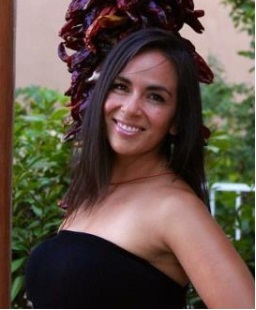
Upon returning, she performed dinner shows at the Historical Taos Inn and festivals around New Mexico. She also continued studying Flamenco with Maria Benitez summer programs in Santa Fe, and later with Eva Enciña & Pablo Rodarte at the University of NM. Continuing her education at UNM, she also studied Jazz (Contemporary and lyrical) and Hip Hop with the renowned Loren Fletcher Nickerson.
After graduating from UNM with a BA in Psychology / Communications and an endorsement in Performing Arts, she decided to get back into her Latin Roots and put her energy into Salsa, Bachata, Cha Cha Cha and Reggaeton.
You can also find Jessica teaching Salsa skills and drills classes at Defined Fitness (Riverside) and Maple Street Dance Studio in Albuquerque, NM.
Omaha Ballroom. Make the world a better dancing place!
North America / USA / Omaha
Omaha Ballroom was established in 2004 when founder, Elizabeth Colclasure decided to create dance while having fun.
With her passion she continued to grow the studio and invited some of the top instructors of Omaha to teach with her she continued to grow the studio and invited some of the top instructors of Omaha to teach with her.

The studio has variety of independent instructors including her husband James Colclasure Jr. who is a professional dance instructor how moved to Omaha in 2015.
James and Elizabeth are currently competing together and with their students at competitions all over the U.S.
With the popularity of the television show “Dancing with the Stars” Omaha Ballroom has grown tremendously. To give back, Omaha Ballroom’s volunteer their time to train local celebrities and put on “Dancing with the Omaha Stars” charity event.
Omaha Ballroom is located at 5038 South 153 Street Omaha, NE 68137 Located one block north of Q Street, in Walnut Grove Plaza, behind Crane Coffee and Omaha Oral Surgery Clinic
Hours are by appointment and group class times only, and you can register visiting http://www.omahaballroom.com/register/
Charities they have domated to
- The Ronald McDonald House 2010, 2011, 2012
- Angel Among Us 2012
- The Sunshine Kids 2013,2014 and 2015
- The Sunshine Kids and Angels Among Us 2016
What they offer:
- Personal Dance Training: Learn faster and have fun with personal dance training!
-
- Come in as a single or with a partner, the pricing is the same.
- Choose a convenient time that fits in your schedule.
- Pick the Style of dances you want to learn.
- Achieve your goals such as competing, wedding dances, or showcases.
- Learn how to lead and to follow with help from our instructors.
- Get the individual attention to help you learn faster
- Wedding Dance Lessons: Omaha Ballroom specializes in WEDDINGS!
Make your big day even more memorable with private lessons from Omaha Ballrom. They can help you with your first dance as husband and wife, the father/daughter dance, the mother/son dance, and even your wedding party entrance.
- DJ Services: We’ll make sure everyone is dancing!
The service is very affordable. Over 15 years of experience. Get to know you and work with you.
Not only can they play the right music, but they can teach over 20 styles of dance before and at your event. DJ weeding ceremonies, receptions, outdoor/indoor events, private parties, birthday parties, proms, homecomings, and more!
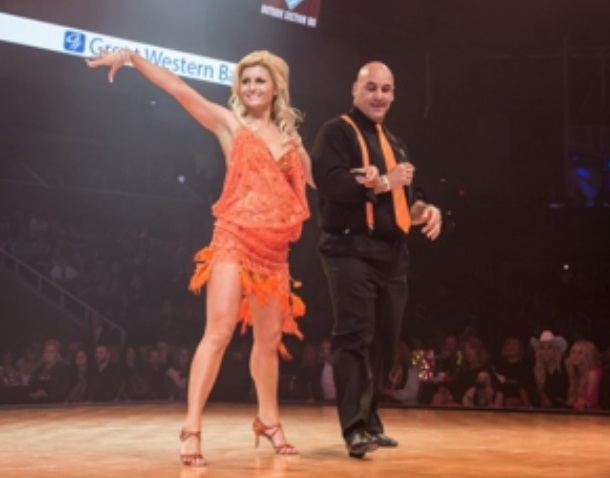
Group Class
Weekly Group Class Calendar (May 8th – August 3rd)
- Monday:
- 6:15 pm Beginners West Coast Swing
- 7:00 pm Beginners Smooth Dancing
- Wednesday:
- 6:15 pm Beginners Smooth Dancing
- 7:00 pm Beginners Latin and Rhythm Dancing
- Thursday
- 6:15 pm Beginners Country Dancing
- 7:00 pm Beginners Line Dancing
- Smooth: Waltz, Tango and Foxtrot
- Rhythm: Rumba, Cha Cha and East Coast Swing
- Country: Two Step, Country Swing and Polka
- Latin: Salsa, Merengue and Bachata
- Line: Country, Hip Hop and Top 40 music to line dance to
Sips and Dips
Friday, June 23th 7 – 9 pm “Wine and Line Dancing”
The dancing only stops when you need a refill for wine. Bring your pals and learn some line dances. We will teach you the most populars ones to top 40 music and country!
“Friday, June 30th 7 – 9 pm “Grease Night”
Grease is the word! We will be giving away prizes, doing a little hand jive, and teach you the moves from the movie. We will be dancing to the songs from the soundtrack and playing Grease movie trivia.
Friday, July 21st 7 – 9 pm “Ballroom Beach Vibes”
Dress in your summer gear and get ready to learn how to dance for the beach. We will be serving fruity drinks and teach you how to dance to summertime tunes! Leave your surfboard at home and get ready to boogie.
